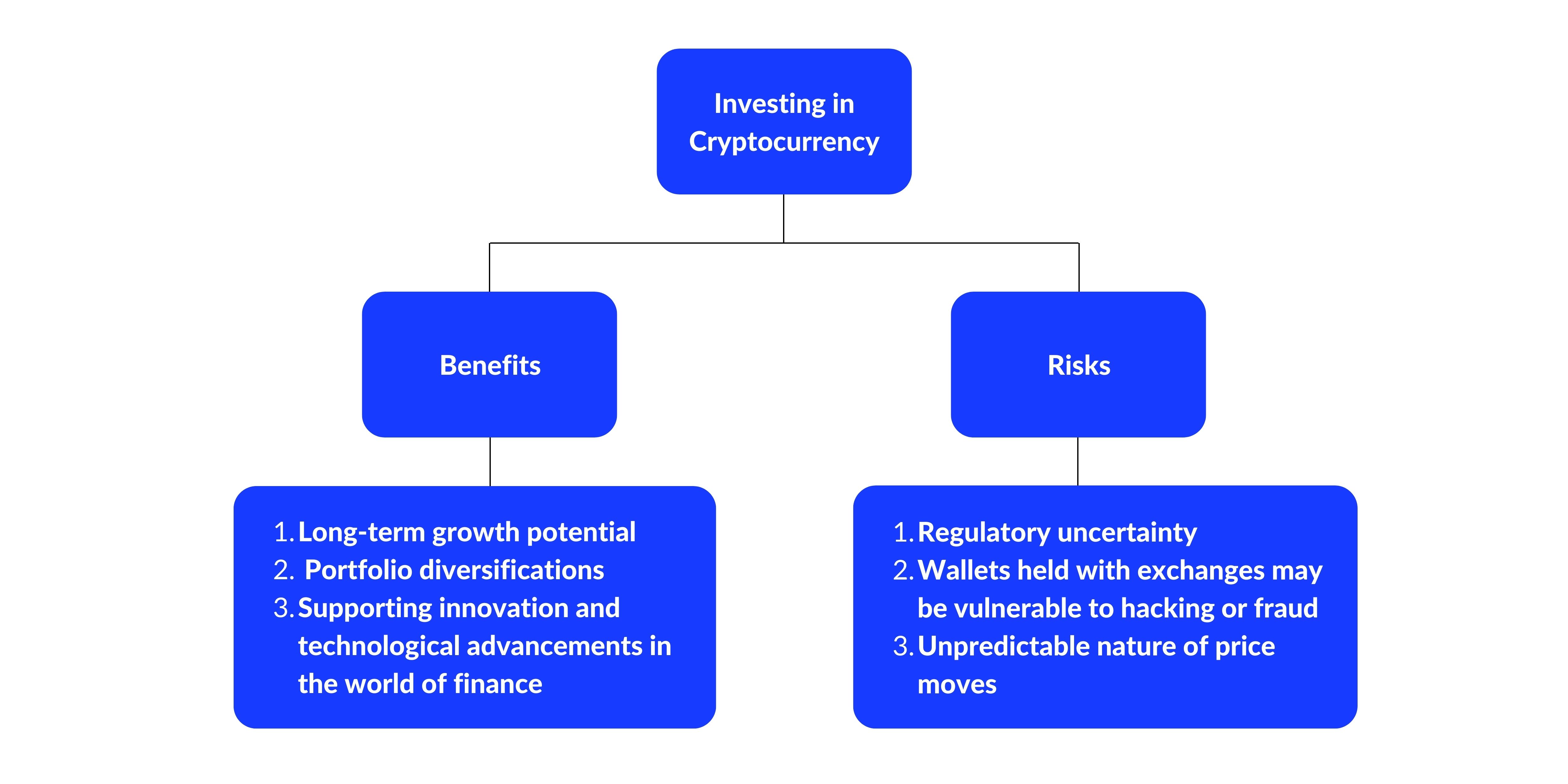Order Cryptocurrencies Now: Fast, Secure, and Easy Steps for Every Investor
The Future of Cryptocurrencies: Fads to Enjoy in the Upcoming Years
As we look in advance, the landscape of cryptocurrencies is going through profound changes influenced by several key trends. The emergence of Reserve bank Digital Currencies (CBDCs) stands to redefine the integration of electronic properties within conventional monetary systems, while enhanced governing scrutiny may form the operational landscape for cryptocurrencies. In addition, the advancement of decentralized financing (DeFi) and the growing significance of non-fungible symbols (NFTs) assure to change perceptions of possession and assessment in a digital economy. These growths increase important concerns about the future trajectory of cryptocurrencies and their duty in our monetary community.
Rise of Central Financial Institution Digital Currencies
The development of Central Financial institution Digital Currencies (CBDCs) represents a substantial shift in the monetary landscape as federal governments check out electronic alternatives to typical fiat cash. These state-backed digital money intend to enhance the effectiveness of settlement systems, promote monetary incorporation, and offer a safe and secure alternative to personal cryptocurrencies. Unlike decentralized electronic money, CBDCs operate under the auspices of reserve banks, guaranteeing regulative oversight and security.
Several nations are proactively piloting or researching CBDCs, with noteworthy instances consisting of China's digital yuan and the European Central Financial institution's electronic euro initiative. These efforts highlight an expanding acknowledgment of the potential benefits of electronic money, such as faster purchase speeds and decreased expenses related to cross-border payments. CBDCs might offer as a device to deal with immoral tasks by giving greater openness in transactions.
As the fostering of CBDCs advances, they may reshape consumer habits and influence worldwide monetary dynamics. The shift to an electronic currency framework presents obstacles, consisting of technical facilities, cybersecurity issues, and public trust. The rise of CBDCs signifies a pivotal minute that might redefine the function of money in an increasingly digital economy, necessitating close monitoring by market stakeholders and policymakers alike.
Increased Governing Analysis

Countries around the world are taking varied strategies, from straight-out bans to governing sandboxes that enable innovation while making certain compliance. The European Union, for instance, is moving in the direction of comprehensive regulation with the Markets in copyright-Assets Law (MiCA), targeted at developing a unified method throughout member states. In the USA, agencies like the SEC and CFTC are significantly active in providing guidelines and enforcement actions.
Firms running in the copyright space may face stricter conformity needs, which can lead to increased operational expenses. Eventually, the equilibrium in between technology and regulation will shape the future of cryptocurrencies.
Development of DeFi Operatings Systems
Decentralized Money (DeFi) systems have undergone significant change given that their beginning, improving the typical financial landscape - order cryptocurrencies. These platforms mainly focused on simple features such as borrowing and loaning, assisted in by wise contracts on blockchain networks. The evolution of DeFi has actually broadened to include a wide selection of economic solutions, including by-products trading, return farming, and automated market-making.
One of one of the most significant innovations is the introduction of Layer 2 services, which enhance scalability and lower deal costs, making DeFi extra obtainable to a wider audience. Furthermore, cross-chain interoperability has come to be an essential focus, permitting individuals to transfer possessions seamlessly throughout different blockchain networks. This advancement fosters better liquidity and individual involvement.
In addition, the integration of innovative governance versions has encouraged communities to take part in decision-making processes, advertising sustainability and innovation within the environment. As DeFi continues to develop, we can anticipate further improvements in user experience with boosted interfaces and safety measures, attending to problems that have previously prevented mainstream adoption. In general, the trajectory of DeFi systems factors toward a much more comprehensive and reliable financial future, using choices to conventional banking systems.
Combination of NFTs in Money
Amidst the rapid development of the monetary landscape, the assimilation of Non-Fungible Tokens (NFTs) has become a transformative force. Commonly related to digital art and collectibles, NFTs are now discovering applications in numerous economic sectors, introducing innovative ways to represent ownership and value.
One considerable location of combination remains in property, where NFTs can simplify property purchases. By tokenizing property properties, customers can enjoy fractional possession, reducing entry obstacles and increasing liquidity. order cryptocurrencies. Additionally, NFTs can ensure transparent and immutable documents of possession, boosting count on property negotiations
Worldwide of money, NFTs are likewise being used for decentralized money (DeFi) applications, allowing collateralization of assets. By utilizing NFTs as collateral, consumers can access financings while retaining possession of their electronic properties. This performance boosts the availability of economic services and advertises a much more inclusive economic environment.
Furthermore, the combination of NFTs into typical money might transform the way copyright legal rights are taken care of, giving creators with new revenue my sources streams with clever contracts. In general, the integration of NFTs in financing signifies a change in the direction of more cutting-edge, effective, and clear financial remedies, leading the way for future innovations.
Improvements in Blockchain Technology

One considerable pattern is the development of Layer 2 services, designed to enhance scalability and deal speeds, thus dealing with the limitations of primary blockchain networks. These solutions make it possible for faster handling of read the article transactions, reducing fees and boosting performance, which is crucial for mass fostering.
Furthermore, interoperability in between various blockchain networks is obtaining traction. This advancement enables seamless information exchange and possession transfers across varied systems, promoting a much more linked and reliable ecological community. Protocols that help with cross-chain interaction are necessary for cultivating cooperation amongst decentralized applications (copyright) and improving user experiences.
In addition, advancements in agreement devices, such as proof-of-stake and passed on proof-of-stake, are adding to even more energy-efficient and Learn More Here secure blockchain procedures. These innovations not only resolve ecological worries however likewise enhance network resilience.
As blockchain modern technology remains to develop, its integration right into different industries, including money, supply chain, and health care, will redefine typical systems, leading the method for a decentralized future.
Conclusion
The introduction of Central Financial institution Digital Currencies will improve the integration of digital properties into typical monetary systems. In addition, the continuous improvement of decentralized money platforms and blockchain innovation, along with the integration of non-fungible tokens, will redefine possession and economic transactions, promoting boosted fostering and innovation within the industry.